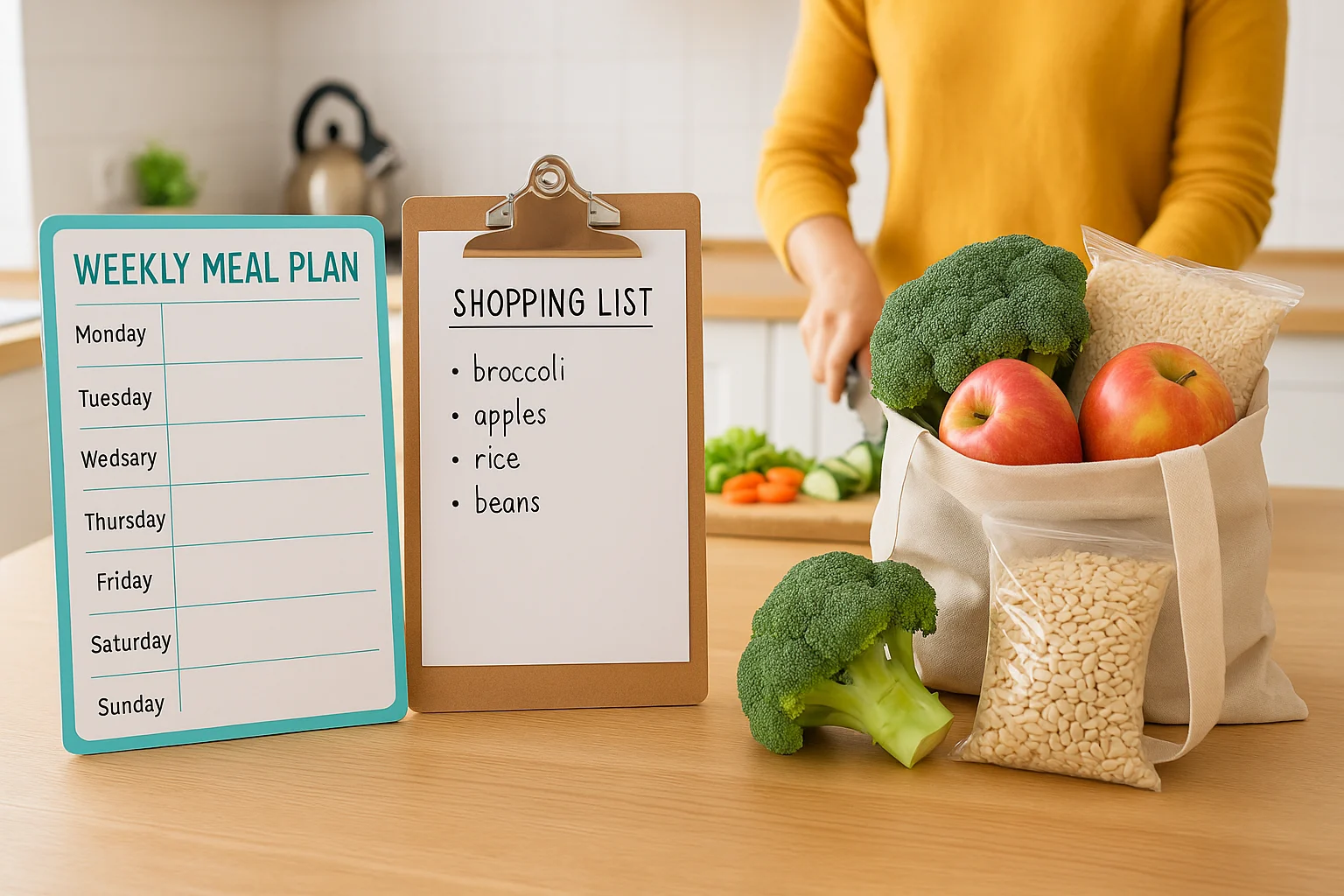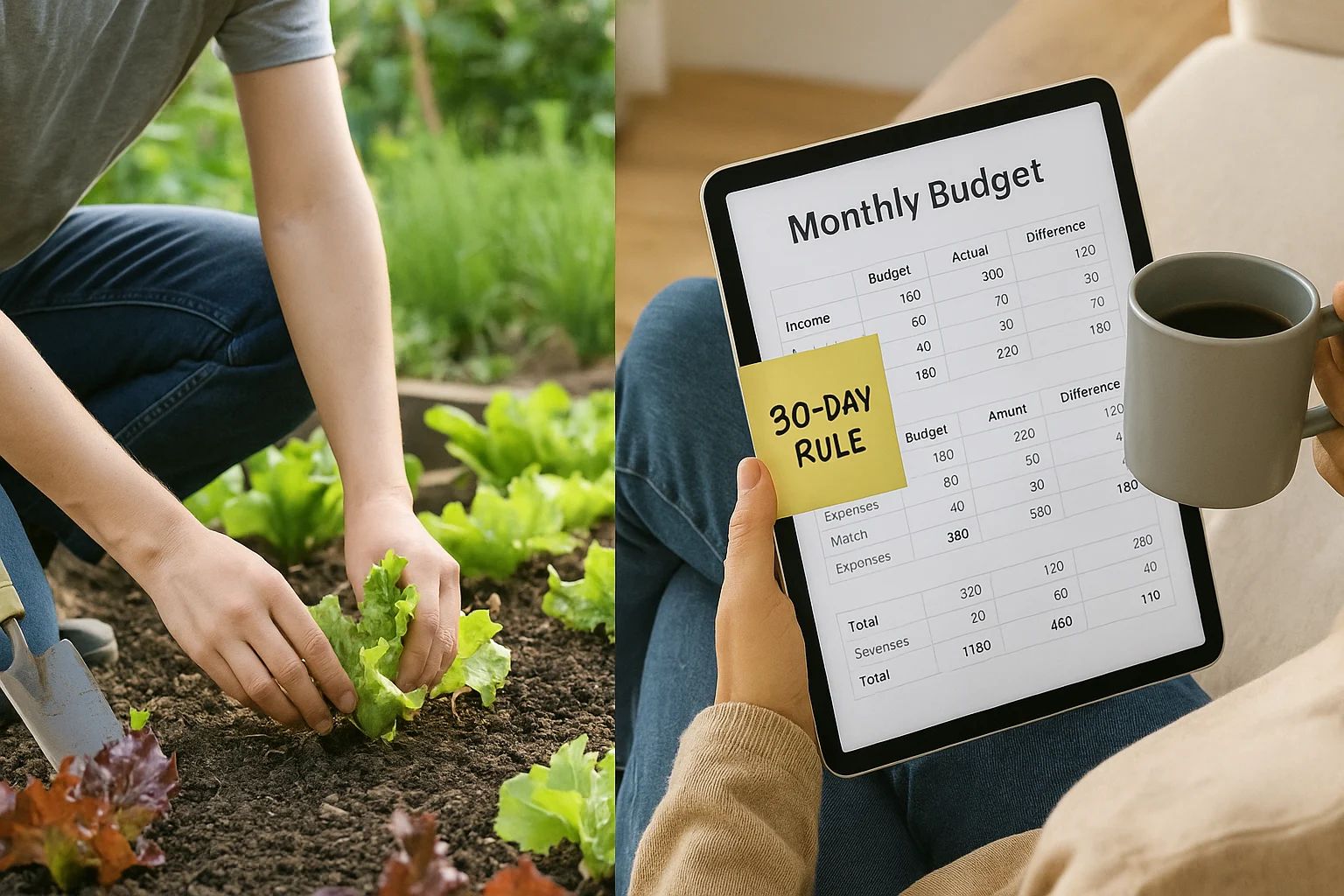
Imagine skipping that daily coffee run and funding a dream vacation instead! That’s the power of learning how to live frugally and save money. With practical tips, this guide shows you how to live more frugally and build savings to transform your finances and build lasting habits that stick, no matter your lifestyle. In 2025, millions are tightening costs and growing savings to secure their future. Whether you’re a busy parent or a side hustler, these strategies will help you cut costs and boost savings.
Crush Your Savings Goals Now!Your Frugal Lifestyle Scorecard
Assess Your Frugal Habits
Check your progress on your journey to spend less and save more!
Table of Contents
- Key Takeaways for Frugal Living
- Understanding Frugality: More Than Just Being Cheap
- Why Frugality Matters in 2025
- Master Your Money: How to Live Frugally and Save Money
- Leveraging Tools for Frugal Living Tips 2025
- Daily Routines: How to Live Frugally and Save Money
- Long-Term Habits: How to Live Frugally and Save Money
- Beyond Saving: Earning & Investing
- Your Frugal Lifestyle Scorecard
- Conclusion: Start Your Frugal Journey Today
Key Takeaways for Frugal Living
- Mindset Shift is Key: Frugality isn’t about deprivation; it’s about intentional spending and finding joy in less.
- Modern Tools for Modern Frugality: Leverage apps, digital budgeting, and smart planning for maximum savings.
- High-Impact Savings Areas: Focus on housing, transportation, food, and subscriptions for the biggest financial wins.
- Sustainable Habits: Build sustainable habits with daily and weekly routines to master frugal living and grow your savings for the long haul.
- Automate Your Success: Set up transfers to savings and use apps to make saving feel effortless.
- Practical Strategies: Use meal planning, thrifting, and DIY solutions to consistently reduce costs.
What Frugality Really Means: It’s Not Just Being Cheap
Let’s get real about frugal living—it’s not about pinching every penny! It’s about smart choices that align with your dreams, like buying a home or wiping out debt, while still enjoying life’s little moments. For example, I brew coffee at home, not because I can’t afford a latte, but because redirecting that $1,500 a year to savings feels amazing. Frugality is about value—prioritizing what matters to you.
Why Frugality Matters in 2025
In 2025, with inflation biting, figuring out how to spend less and save more is a must. Tech tools like budgeting apps make it easier to track spending and earn extra cash. Embracing these frugal habits has built my financial strength, setting me up for a worry-free future where I can truly shine.
Master Your Money: How to Live Frugally and Save Money
Embrace an Abundance Mindset
Ditch the idea that frugal living is dull—it’s honestly liberating! Mastering frugal living lets you focus on what matters, like making memories instead of chasing stuff. Start small, track your wins, and celebrate every step forward. This mindset switch makes frugality exciting and keeps you motivated!
- Embrace Resourcefulness: Fix items instead of replacing them or repurpose what you own.
- Find Joy in Simplicity: Happiness often comes from experiences, not possessions.
- Define Your “Why”: Saving for a house or travel fuels motivation.
Setting SMART Financial Goals
Vague goals don’t cut it when you’re trying to spend less and save more. Use SMART (specific, measurable, achievable, relevant, time-bound) goals to stay focused. For instance:
- Short-Term (1-12 months): Build a 3-6 month emergency fund, pay off a credit card.
- Mid-Term (1-5 years): Save for a down payment, clear student loans.
- Long-Term (5+ years): Fund retirement or financial independence.
Write goals down and display them to stay focused.
Leveraging Tools for Frugal Living Tips 2025
App-Based Budgeting Strategies 2025
Budgeting is the backbone of frugal living. In 2025, apps like YNAB and Mint make it a breeze to track expenses and stick to your plan. For example:
- YNAB: Assigns every dollar a job for intentional spending.
- Mint: Links accounts for a full financial view. Explore budgeting apps on Forbes.
- Rocket Money: Tracks subscriptions and negotiates bills.
- Personal Capital: Combines budgeting with wealth management.
Pick an app that suits you—YNAB for hands-on control, Mint for ease. For more streamlined options, check out these minimalist budgeting tools. Cash-back apps like Rakuten or Ibotta also help you stretch your budget on daily purchases.
Automating Your Savings
One of the easiest ways to save more is automating your savings—it’s a game-changer for beginners. If you don’t see the money, you won’t spend it. For instance:
- Automatic Transfers: Schedule paycheck portions to savings.
- Round-Up Apps: Acorns invests spare change from purchases.
- Direct Deposit Split: Divert part of your paycheck to savings.
Managing Subscriptions
Subscriptions can drain your budget. Therefore, audit them regularly to cut waste:
- Audit Charges: List all subscriptions using Rocket Money.
- Evaluate Usage: Cancel unused services.
- Negotiate or Bundle: Seek discounts or bundled deals.
- Subscription Sabbatical: Pause non-essentials for a month.
Daily Routines: How to Live Frugally and Save Money
Building daily habits is the key to saving more without feeling deprived. Small changes in your routine can lead to big savings over time.
Save Money on Groceries with Meal Planning 🍎
Food is a major expense, but frugal living starts with smart grocery habits. For example, Sarah saved $3,000 yearly by meal planning. If you’re feeding a pair, explore tips for grocery shopping on a budget. Try these:
- Meal Planning & Bulk Shopping: Plan meals, list items, buy bulk non-perishables.
- Cooking at Home: Batch cook grains and proteins.
- Reduce Waste: Store food properly, repurpose leftovers.
- Pack Your Lunch: Save hundreds monthly.
- Coffee at Home: Cut a $1,000 annual coffee shop habit.

Smart Transportation Choices 🚗
Transportation can eat up your budget, but living frugally means optimizing your commute. Try these:
- Optimize Your Commute: Use public transit, carpool, bike, or walk.
- Smart Car Ownership: Maintain your car, drive efficiently, compare insurance.
Frugal-Friendly Housing 🏠
Housing is often the biggest expense. Small changes lower your monthly costs:
- Energy Efficiency: Use smart thermostats, LED bulbs, unplug devices.
- Water Conservation: Take shorter showers, fix leaks.
- DIY Maintenance: Learn basic repairs.
- Negotiate Bills: Reduce internet/cable costs.
Frugal Entertainment 🥳
Having fun doesn’t have to break the bank when you prioritize low-cost fun. Enjoy these budget-friendly activities, or try some frugal travel hacks for affordable adventures:
- Free Activities: Visit parks, libraries, or free museum days.
- Potlucks & Game Nights: Host friends at home.
- Borrow, Don’t Buy: Use libraries for books and movies.
- Look for Discounts: Use coupon apps or loyalty programs.
Save Money on Clothing
Clothing can be a hidden expense. To keep costs down, shop smartly. For example, thrifting or building a capsule wardrobe—where you own fewer, versatile pieces—can cut costs big time! I love browsing thrift shops, swapping clothes with friends, or stitching up worn pieces to keep them going, all while saving hundreds each year.
Cut Costs on Personal Care
Cosmetics and toiletries can sneakily eat up your budget. I’ve saved a lot by whipping up DIY skincare and hair treatments with pantry staples like coconut oil or honey. It’s fun, effective, and saves a ton!
Long-Term Habits: How to Live Frugally and Save Money
Building routines that reduce spending and boost savings over time is key to financial freedom. Here’s how I’ve made it work:
- 30-Day Rule: Wait 30 days before non-essential purchases.
- Need vs. Want: Ask this before buying.
- Regular Reviews: Check your budget monthly.
- Embrace Secondhand: Shop thrift stores or online marketplaces.
- DIY Mentality: Learn cooking, repairs, or gardening.
- Mindful Consumption: Buy quality over quantity, avoid impulse buys.
- Emergency Fund: Prevent debt with a safety net.
- Pay Down Debt: Use the debt snowball vs. avalanche method.
- Negotiate Everything: Ask for better deals on bills or salaries.
Paying off debt is a cornerstone of frugal living. The snowball method builds momentum, while the avalanche saves on interest. Choose what keeps you driven to stay debt-free.

Frequently Asked Questions
Conclusion: Kick Off Your Frugal Adventure Now
Learning to live frugally has been a total game-changer for me, though it takes some patience. With a frugal mindset, helpful apps, and smart money-saving habits, you can transform your finances in 2025. It feels amazing—less worry, more room to chase your dreams, and a solid road to goals like financial freedom. Start today and make steady progress.
This content is for informational purposes only and not financial advice. Consult a professional before making financial decisions.

